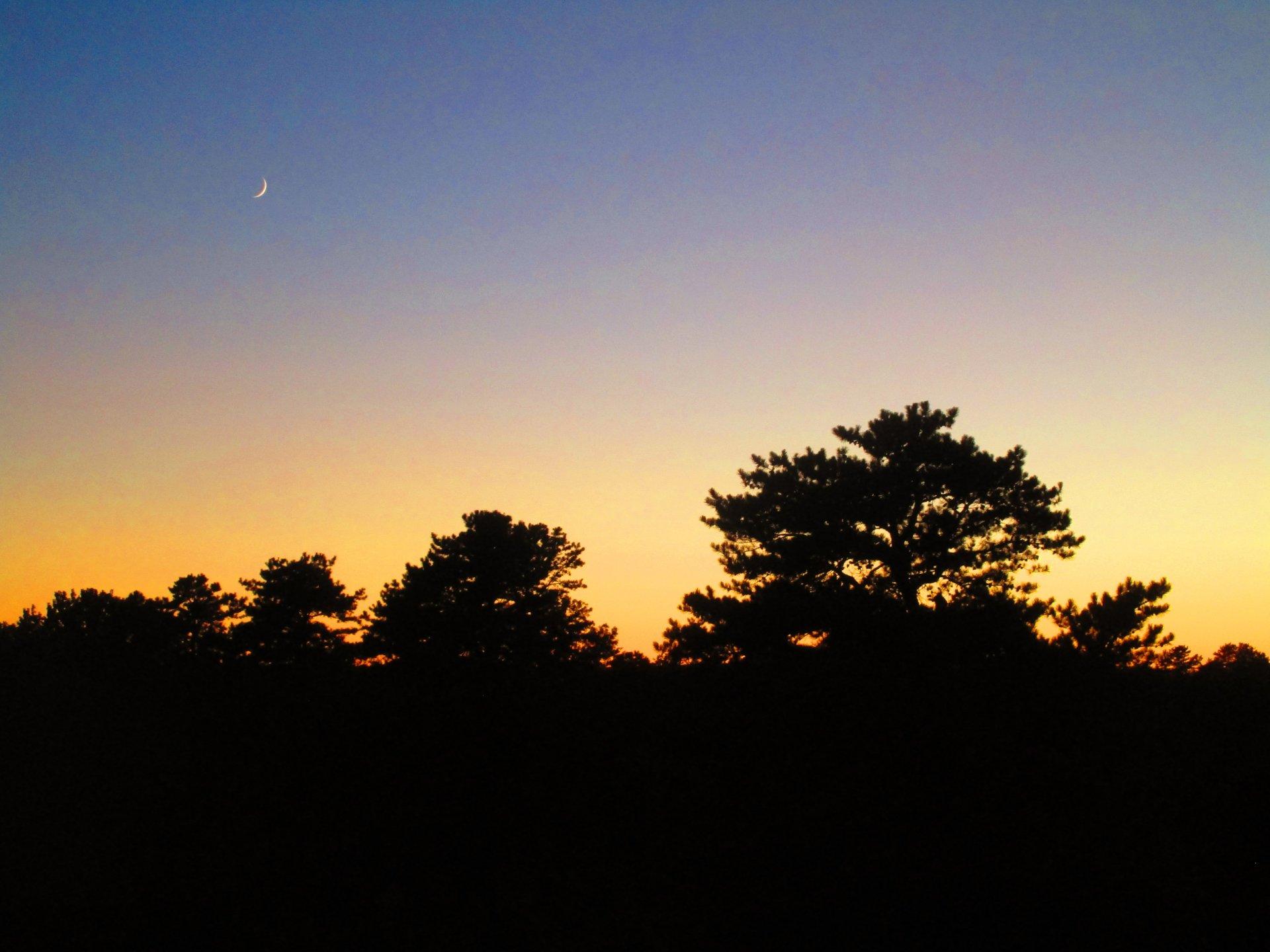By ANNE MILLER, Staff writer
Tom Dooley smiled as flames tickled the Pine Bush scrub, a canopy of smoke enveloping the treetops.
" We just like to burn things," he joked.
But behind the levity — and the goggles and fire helmets — Albany Pine Bush Preserve officials are thrilled to see fire dancing among the trees again.
About 10 acres of the 2,750-acre Pine Bush — which includes parts of Albany, Colonie and Guilderland — have been burned since the first week of July, the first time in about five years that weather conditions have permitted significant burns.
" It was too wet or too dry or too windy or not windy enough," said Chris Hawver, executive director of the Albany Pine Bush Preserve Commission.
Five years ago, a wind gust pushed a fire out of control and scorched an apartment building, a nightmare scenario that lurks in the recesses of firefighters’ minds.
This time is different, and not only because the helmet-clad fire wielders are more wary. A bit of very lucky environmental experimentation led Pine Bush officials to come up with a new method for burning, one that they said could serve as a model throughout the Northeast.
" There is a huge difference between how we were burning things compared to how we are burning now," Dooley said.
He explained the need to set the preserve on fire as he stood in a fire break at the base of a hill that glowed and crackled from what looked and sounded like 100 small campfires going at once. White ash floated down like snow flurries.
Dried brush can be a fire hazard. Seeds, particularly those of the scrub pines, need the fire to open the tough coats so the plants can sprout.
The endangered Karner blue butterfly that lives in the preserve also needs space to flutter about, Hawver said.
In fact, the Pine Bush has burned for centuries. Native Americans lit fires to clear paths, Dooley said. Sparks from passing coal trains ignited branches.
Today preservationists tend to burn in the spring, before the growing season. Last year the Pine Bush employees mowed swaths of underbrush. In the course of a conversation around a table someone suggested lighting the cropped areas to see what happened. To everyone’s surprise, the mowed areas burned more completely than the wild growth, the men said.
" It burned like gangbusters," Dooley said.
After a year of watching the land recover, they decided to adopt the mowing and burning as common practice this year and to burn during the growing season.
The combination of cutting and burning stresses the plants, in a good way, they said — the plants grow back more slowly, prolonging the benefits of the burn. That also extends the burning season through the summer, instead of the traditional spring and fall. Mowing encourages the fires during humid afternoons. Dooley said he wasn’t sure if the brush would be too wet to burn after the rain Tuesday night, but up it went Wednesday, surprisingly well.
Not everyone thinks that’s a good idea.
" That doesn’t seem like a good time to be burning," said Don Rittner, who managed the preserve in the 1980s. "The vegetation is in its highest foliage period. You’ve got birds nesting. You’ve got butterflies flying."
Scaling a rise, Hawver, Dooley and their crew members turned to look at the previous day’s accomplishment — what looked like a tree-lined soccer field, charred black.
This week the burns focus on an area near Route 155 and the gun club, close enough to hear the shots. Next week plans call for burning near the Thruway. Drivers will see smoke but not flames, Dooley and Hawver said.
There are more than 420 acres they would like to burn, after so many years lost. They said they will burn as much as they can, though it may may not be as much as they would like.
" We’ll forever be playing catch-up on the preserve," Dooley said.
